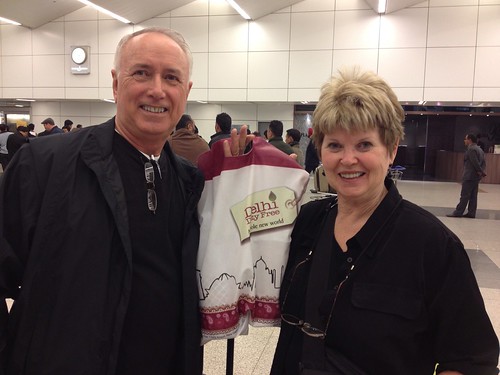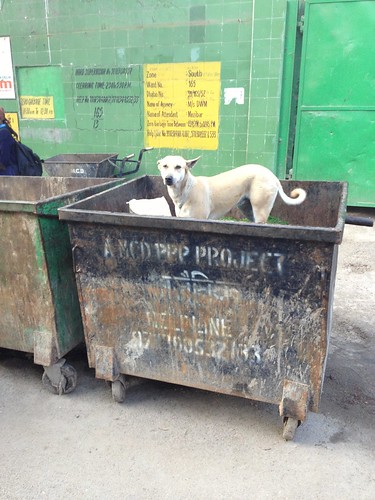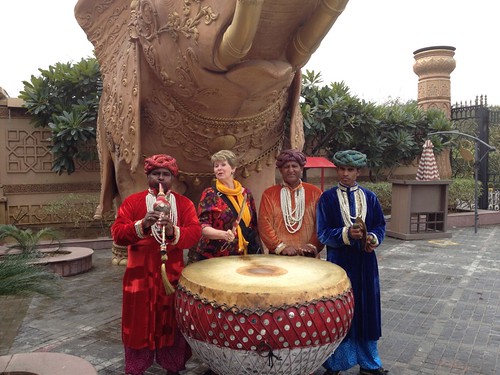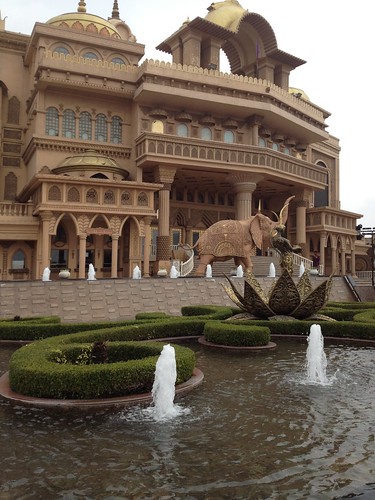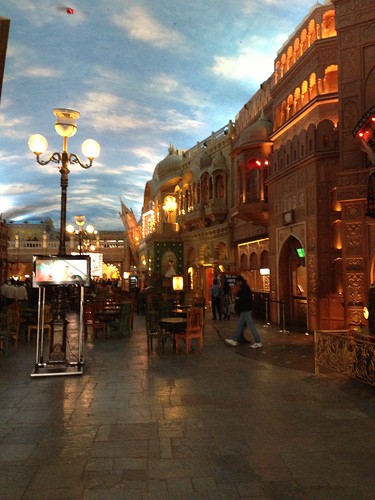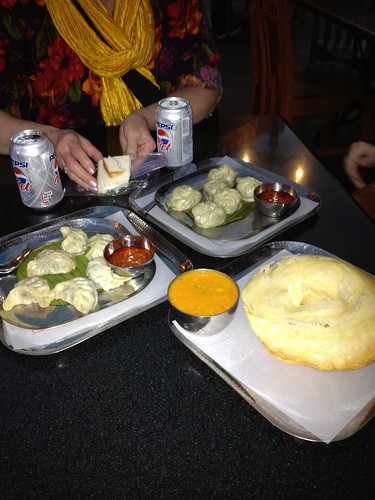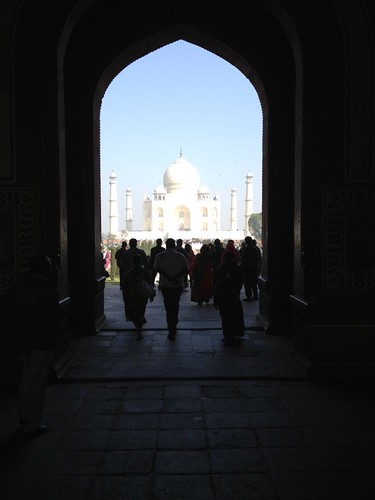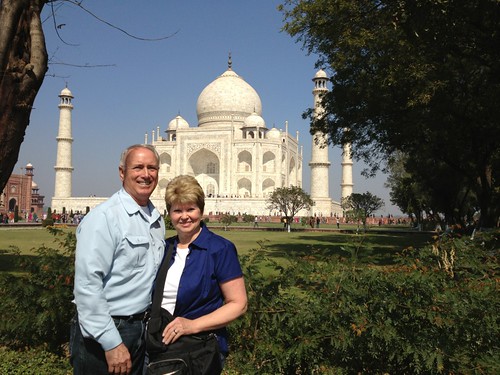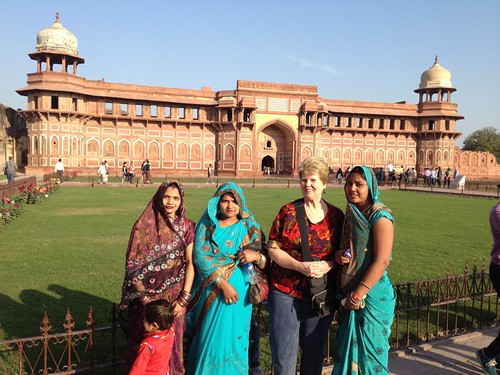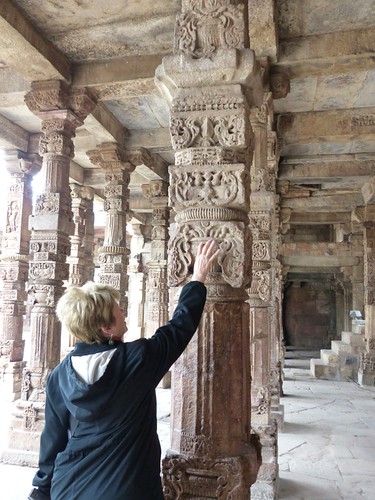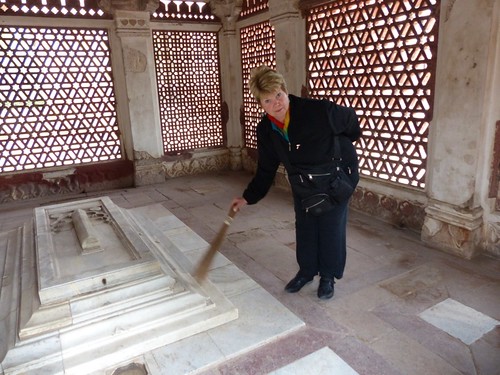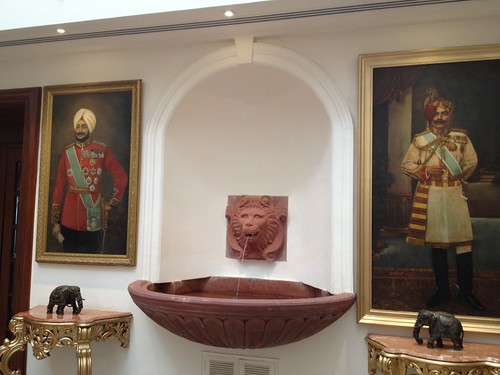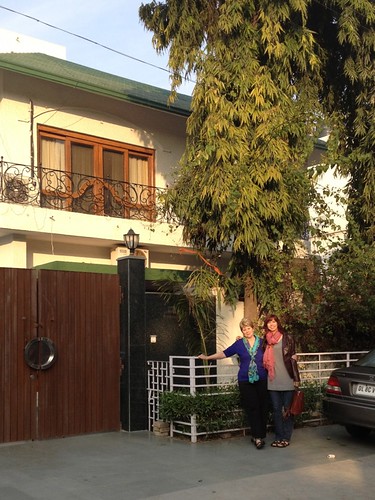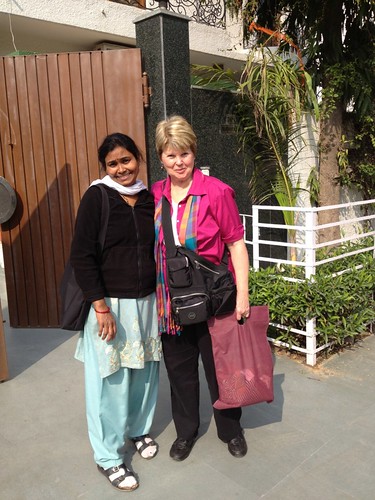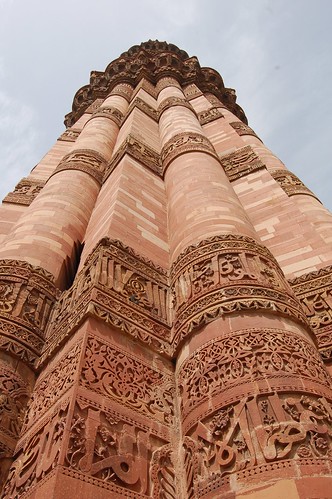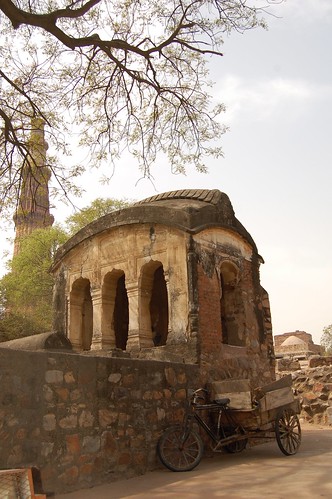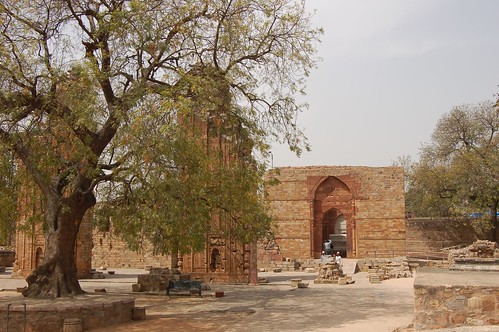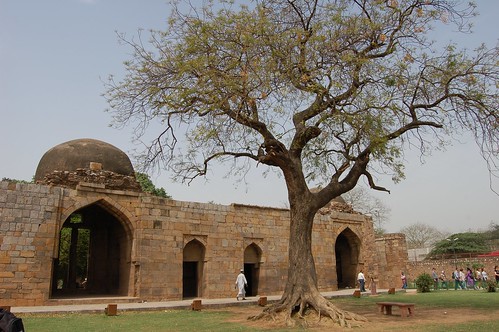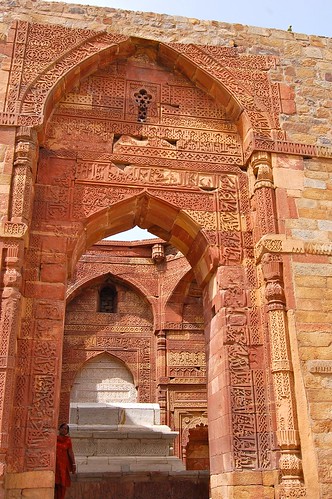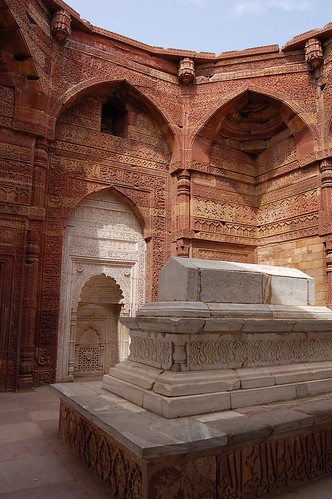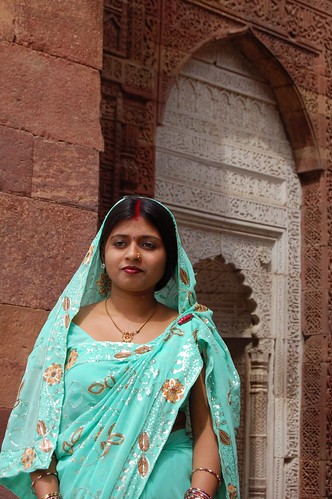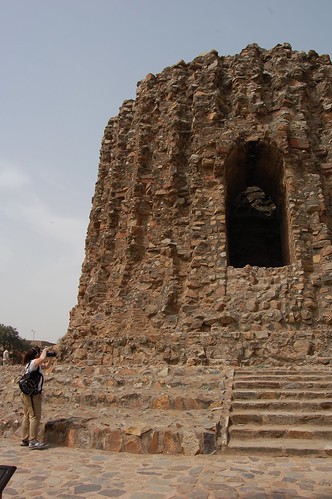India kindly handed my parents a genuine slice of life during their two-week visit.
Their taste of New Delhi’s daily grind included: pollution in the “red zone,” several power outages, taps running dry, driver had a row with his wife and didn’t show up to take us to work, housekeeper/cook took a day off for her uncle’s funeral, car broke down, dogs in the dumpsters, cows in the road, street kids tapping on the car windows at stoplights, and oh so many more sights, sounds and smells that keep our anxiety levels higher than healthy.
But set aside your disgust and frustration, and you see another side of India that sparks appreciation, or at least fascination. My parents also experienced:
The costumes, arts, crafts and music from the state of Karnataka (as well as the exuberance of school kids) at the annual Surajkund Mela.
The get-away-from-it-all Aravalli Biodiversity Park‘s twisting path through scrubby acacia trees and wild peacocks, just around the corner from our house.
The drumming, the dancing, the sequins of the over-the-top Epcot-esque venue and Bollywood stage show at Kingdom of Dreams.
The levity and intensity of eight Indian men desperately trying to pick out sunglasses for Dad at Ambience Mall.
The sneeze-inducing spice market, technicolor sari shops and gilded, spangly, tassled wedding accessories during a death-defying rollicking bicycle rickshaw ride through Old Delhi’s congested alleys.
The comfort zone of mini-America at our school and the American Embassy restaurant.
The time-travelling trip to the Mughal Dynasty in Agra (Taj Mahal, Agra Fort, Fatepur Sikri) and Delhi’s Qutub Minar.
The saris, the chaos, the smiles, the 10-minute alterations on vintage sewing machines at the local Sarojini Market.
The posh indulgence of a proper breakfast at the Imperial Hotel – twice.
The relative peace – not counting slum drumming, the high-pitched drone of construction equipment, and bellows of strolling cows – in our leafy Vasant Vihar neighborhood, with help from lovely Raji.
Poor Dad came down with the flu, or a cold, or pollution-related respiratory problems, poor guy. But overall, we had a great time! Tony and I enjoyed sharing the ups and downs (and fast curves and U-turns) of life in this place! We wanted to show them what we love about Delhi, but ultimately, they saw it all – the stunning and the heart-breaking. Because, really, there’s no other way to experience India.
(The iPhoto slideshows are a bit lame, I admit. I’m looking for a way to easily link photos from Flickr to make slideshows visible on Apple devices… in the meantime, you can check out the photos at my flickr photostream.)

